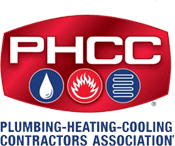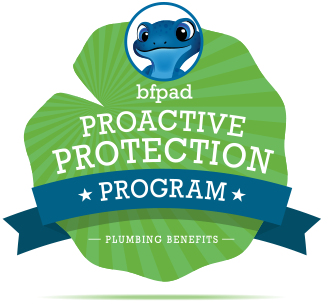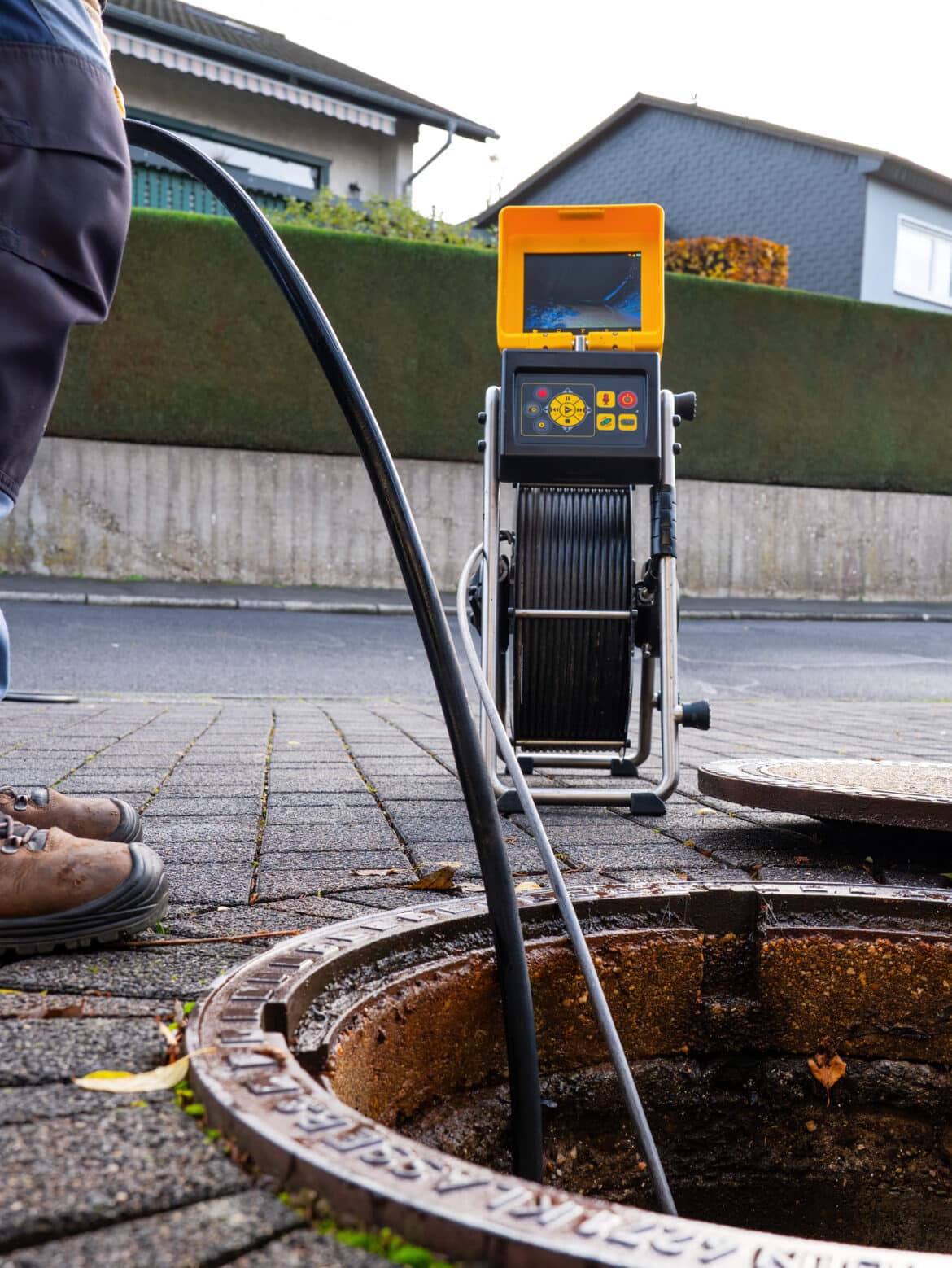
Why Regular Sewer Line Inspections Matter
Sewer line inspections catch hidden issues like clogs, leaks, or root intrusions before they escalate into costly repairs. By preventing backups, preserving sanitation, and extending your plumbing’s lifespan, inspections provide peace of mind and maintain efficient wastewater management. Proactive care reduces repair costs, safeguards home health, and ensures reliable sewer performance over time.
Benefits of Regular Sewer Line Inspections
Regular sewer line inspections offer significant benefits for homeowners by providing an effective way to catch potential problems early, saving time, money, and stress. Here’s a breakdown of the primary benefits:
Early Issue Detection
Inspections identify small issues like minor clogs, cracks, or root invasions that, if left untreated, can escalate into major, costly repairs. By addressing these issues promptly, homeowners avoid expensive emergency repairs and the potential for severe property damage.
Improved System Efficiency
Regular inspections keep the sewer system efficient, clear of blockages, and operating at full capacity. This proactive approach helps prevent common plumbing issues like slow drainage, unpleasant odors, and backups, ensuring the plumbing system runs smoothly.
Cost Savings Over Time
Preventative inspections help save money by reducing the need for costly repairs or replacements, as minor repairs are typically less expensive than major fixes. By maintaining system efficiency, inspections also contribute to lower water and maintenance bills.
Environmental and Health Protection
Sewer line issues can lead to leaks or backups that may contaminate soil and water. By catching these problems early, inspections help prevent environmental contamination and reduce health hazards associated with sewage exposure.
Increased Property Value
A well-maintained plumbing system is a positive selling point, protecting and even enhancing property value. Buyers appreciate knowing the home’s sewer system has been regularly inspected, reflecting good upkeep and reducing concerns over potential repairs.
Regular sewer line inspections aren’t just about avoiding disruptions—they’re an investment in your home’s value, health, and longevity.
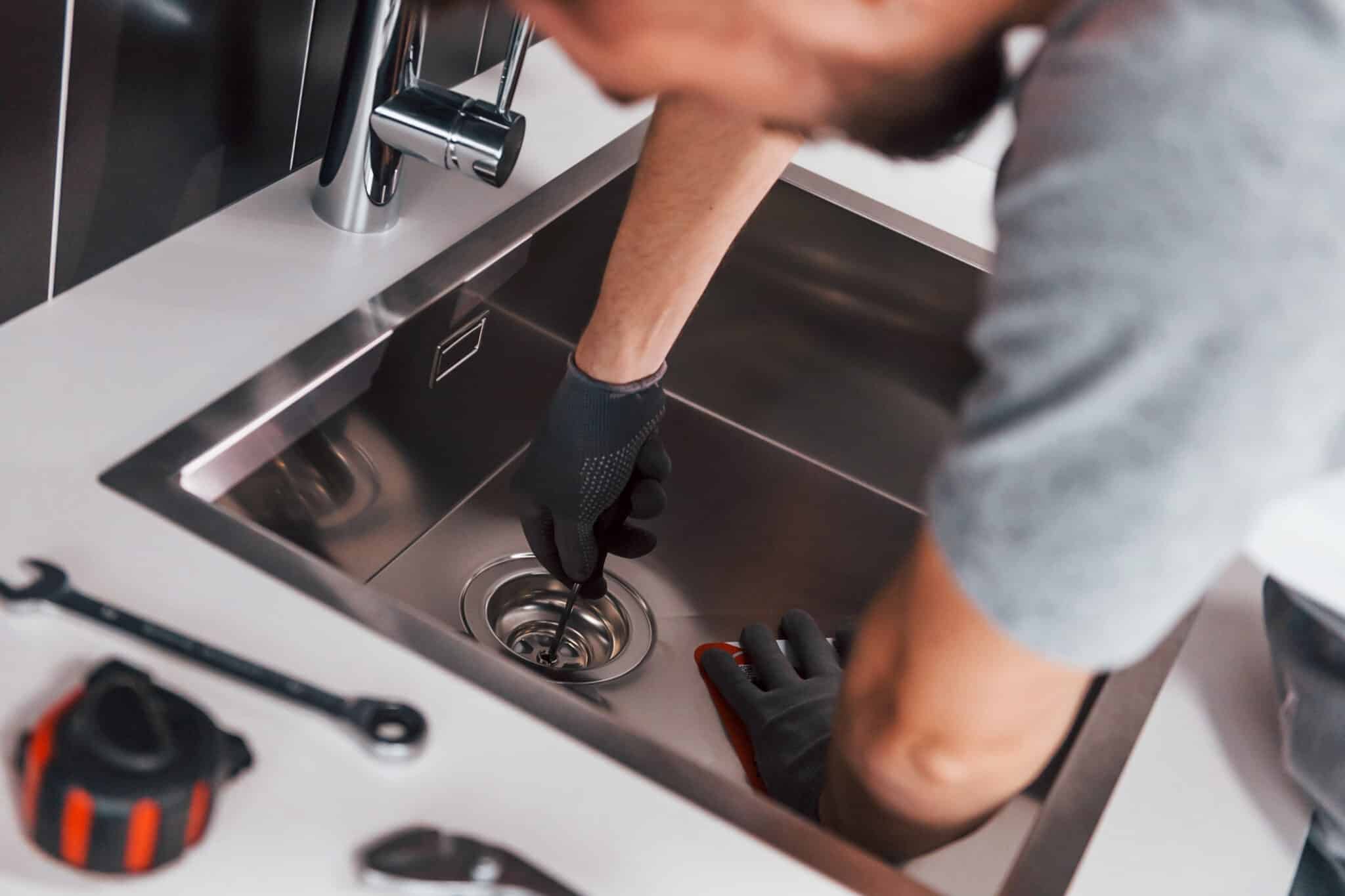
Preventing Common Sewer Line Issues
Preventing common sewer line issues involves practical, proactive steps that keep your system efficient and reduce repair costs. Many issues arise from blockages, leaks, root intrusions, or pipe corrosion, but simple preventative measures can keep your lines clear and functional.
-
Watch What Goes Down the Drain
Flushing only toilet paper and waste is essential for keeping pipes clear. Items like wipes, feminine hygiene products, and paper towels often cause severe blockages. Avoid pouring grease or oils down sinks, as these harden in pipes, leading to clogs.
-
Install Drain Screens
Drain screens in sinks, showers, and tubs catch hair, food particles, and debris before they enter the sewer system, minimizing buildup and helping prevent blockages.
-
Schedule Regular Inspections
Annual or biannual inspections catch small issues—like leaks or invasive roots—before they escalate into costly repairs. Professionals often use advanced video technology to detect and address problems early.
-
Manage Tree Growth
Roots can crack and block sewer lines. Plant trees away from sewer pipes, or choose non-invasive species to protect your pipes.
-
Regular Cleaning and Maintenance
Flush pipes occasionally with hot water or enzyme-based cleaners, which prevent buildup without damaging pipes. Avoid chemical cleaners, as they corrode pipes over time.
Taking these steps proactively prevents sewer line issues, extending your plumbing’s lifespan and safeguarding your home.
Cost Savings and Value Preservation
Investing in regular sewer line inspections is a smart choice for homeowners focused on cost savings and long-term value preservation. These inspections help identify minor issues like clogs, leaks, or invasive roots early, preventing them from escalating into severe problems that demand expensive repairs.
Addressing these small issues in advance can save thousands compared to the costs of emergency repairs, which often involve extensive labor and materials.
Cost Savings
Routine inspections minimize the likelihood of sudden, high-cost repairs. Emergencies like pipe bursts or severe blockages often come with hefty repair bills, whereas regular maintenance costs are far more manageable.
A well-maintained sewer line also contributes to lower utility bills by improving system efficiency, helping prevent water waste, and reducing strain on your plumbing.
Additionally, timely sewer line inspections help prevent water damage to your home’s interior or landscape, adding significant long-term savings.
Value Preservation
A well-maintained sewer system is an asset when it comes to home value. Potential buyers are more confident purchasing a property with a record of consistent sewer line care, as it suggests responsible ownership and reduced risk of plumbing issues.
Conversely, plumbing problems can detract from a property’s value and reduce buyer interest, as homes with unresolved sewer line issues may require price reductions to cover anticipated repairs.
In short, sewer line inspections offer a dual benefit: they protect your budget by reducing repair costs and enhance your home’s market value by maintaining a reliable, well-cared-for plumbing system.
Health and Environmental Safety
Routine sewer line inspections are crucial for protecting both health and environmental safety by preventing exposure to harmful waste and contamination.
Sewer systems transport wastewater containing bacteria, chemicals, and pathogens, all of which pose serious health risks if leaks occur. Cracks or leaks in sewer pipes can allow untreated wastewater to seep into soil and nearby water sources, potentially contaminating groundwater and local ecosystems.
Inspections identify and repair such vulnerabilities before they become severe, ensuring a safer home environment and contributing to broader environmental protection
Health Benefits
Sewer line issues can lead to wastewater backups within the home, exposing residents to pathogens that cause infections, respiratory illnesses, and gastrointestinal problems.
By keeping the system clear and functional, regular inspections prevent these hazardous backups and maintain a sanitary environment. This proactive maintenance protects families from health risks associated with sewer line malfunctions, providing peace of mind and a safe living space.
Environmental Protection
Beyond home health, sewer line inspections contribute to environmental protection by preventing leaks and seepage that may contaminate soil and waterways. Untreated sewage can pollute water sources, affecting local ecosystems and harming wildlife.
Inspections address potential hazards like tree root intrusions, corrosion, and small leaks before they worsen, helping preserve local environmental health and prevent broader pollution issues.
Regular sewer line inspections support both residents’ health and environmental well-being. They reduce the risk of exposure to harmful waste, protect local ecosystems, and demonstrate a commitment to responsible home maintenance and community health.
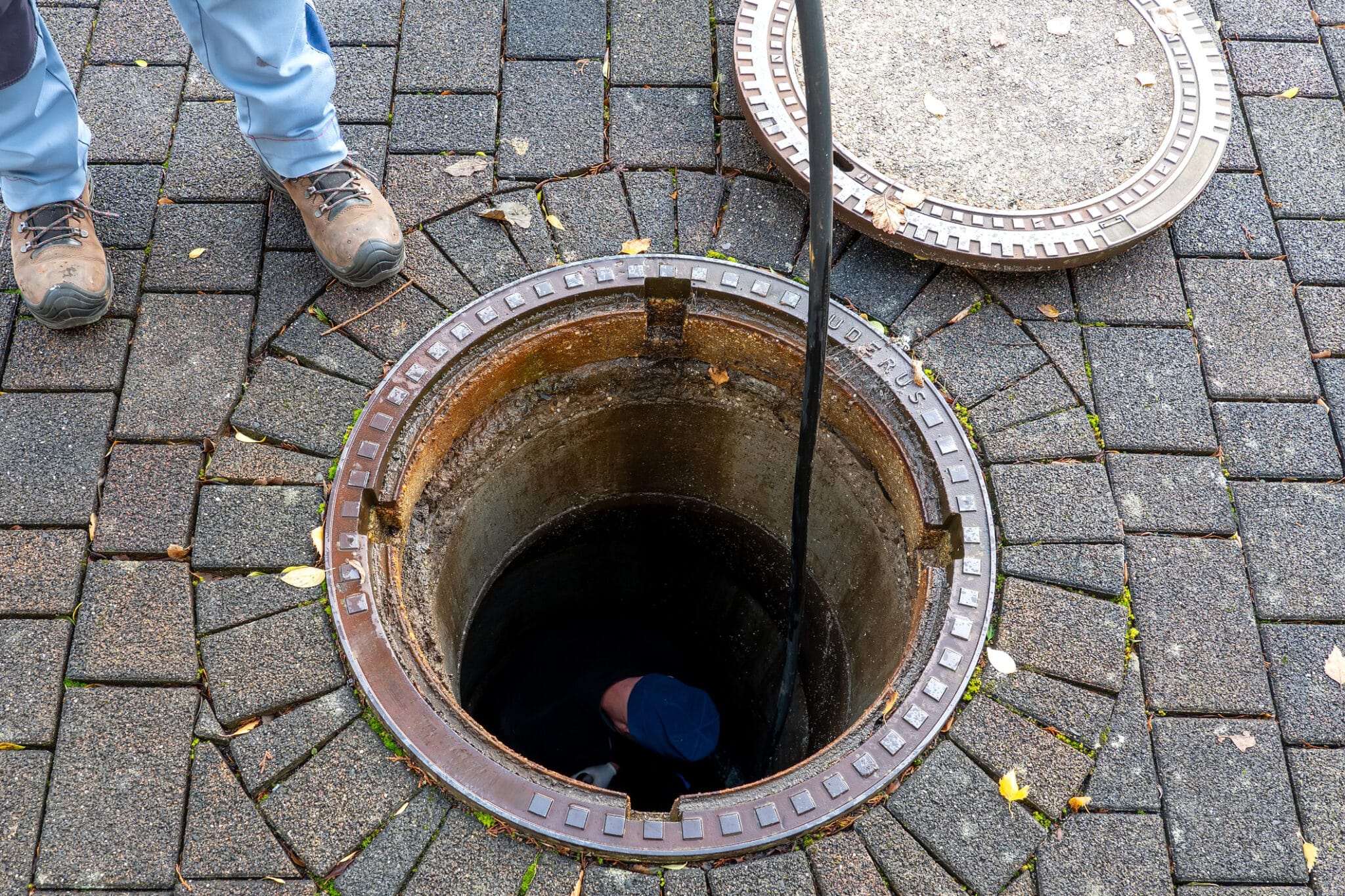
Technology in Sewer Line Inspections
Advanced technology has transformed sewer line inspections, making them more effective and less invasive. Here are key tools and techniques that enhance the accuracy and efficiency of modern inspections:
Video Camera Inspection
A high-resolution, waterproof camera mounted on a flexible cable allows plumbers to navigate through sewer lines and examine their condition in real time. This method reveals clogs, cracks, corrosion, or invasive tree roots with accuracy, enabling quick diagnoses without needing excavation. Video inspections minimize disruption and reduce repair costs, providing clear visuals for targeted repairs.
Smoke Testing
In smoke testing, non-toxic smoke is introduced into the sewer line to locate leaks, cracks, or unauthorized connections. The smoke escapes through any openings, visibly marking issues for easy identification. This technique is particularly effective for finding hidden leaks, helping to prevent extensive damage and reduce repair expenses in the long run.
Pipe Locators and Sensors
Advanced pipe locators and sensors assist technicians in mapping sewer line routes and detecting precise problem areas. These tools locate metallic and non-metallic pipes, track blockages, and identify breaks with accuracy. Pipe locators save time and effort by minimizing the need for digging, protecting landscaping, and enabling precise repairs.
Hydro Jetting Equipment
Hydro jetting, while primarily a cleaning tool, also enhances inspections by clearing away debris and clogs. This high-pressure water technique removes buildup, exposing underlying issues such as cracks or intrusions that obstructions may hide. Hydrojetting supports a thorough inspection, allowing a clear view for accurate assessments.
These technologies have made sewer line inspections more reliable and less invasive, helping homeowners maintain their plumbing systems efficiently. Through precision and minimized disruption, they ensure a healthier sewer line, reduce repair costs, and uphold property value over time.
Warning Signs You Need an Inspection
Recognizing warning signs that indicate a need for sewer line inspections can help prevent serious plumbing issues and costly repairs. Here are common signals that should prompt an inspection:
-
Persistent Slow Drains
If multiple drains in your home, such as sinks, showers, and toilets, are draining slowly, it often signals a mainline blockage. While a single slow drain might indicate a local clog, widespread drainage issues suggest a larger problem in the main sewer line.
-
Frequent Backups and Clogs
Recurring backups, especially in toilets or multiple drains, often indicate a significant blockage or possible tree root intrusion in the sewer line. If these issues continue despite regular cleaning, it’s time for a sewer line inspection to locate and address the source of the problem.
-
Unpleasant Odors
Foul odors coming from drains or from your yard can suggest a leak or crack in the sewer line. Sewer gases escaping through damaged pipes pose health risks and are a clear indicator that an inspection is necessary to locate the source and make repairs.
-
Lush or Soggy Areas in the Yard
Unusually green or overly wet patches in your yard can indicate a leaking sewer line. When wastewater seeps into the soil, it acts as a fertilizer, promoting dense grass growth and leaving soggy spots due to the excess moisture.
-
Gurgling Noises
If you hear gurgling sounds when flushing or running water, this can signal trapped air caused by a blockage in the sewer line. Gurgling noises often precede a backup, making it wise to schedule an inspection before more severe issues develop.
These warning signs suggest that sewer line inspections are necessary to address potential blockages, leaks, or other damages. Early detection through inspections prevents extensive damage, lowers repair costs, and helps maintain efficient wastewater flow in your home.
Warning Signs You Need an Inspection
For homeowners in Leon Valley, TX, sewer line inspections are crucial for a clean, efficient, and long-lasting plumbing system. Bluefrog Plumbing + Drain of San Antonio offers these essential maintenance tips:
Be Mindful of What Goes Down the Drain
Flushing only toilet paper and human waste is key. Items like wipes, feminine products, and paper towels often cause severe blockages. Avoid pouring grease, oils, or food down the kitchen sink as well. By keeping non-flushable items out of drains, you reduce the frequency of sewer line inspections and keep your system running smoothly.
Install Drain Screens
Simple drain screens in sinks, showers, and tubs prevent hair, food, and debris from entering the sewer line. These screens help minimize buildup, reducing the need for frequent sewer line inspections and preventing clogging issues that lead to costly repairs.
Schedule Regular Sewer Line Inspections
Bluefrog Plumbing + Drain of San Antonio recommends annual or biannual sewer line inspections to detect potential issues early, such as root intrusion, leaks, or minor cracks. Using advanced video technology, our team in Leon Valley, TX, can thoroughly assess your sewer lines, identifying any problem areas and ensuring your system remains in top condition.
Use Hot Water and Enzyme-Based Cleaners
Pouring hot water down drains weekly helps clear minor buildup, while enzyme-based cleaners dissolve organic material safely. This proactive care helps minimize corrosion, reducing the need for chemical treatments and further sewer line inspections by keeping pipes clear and intact.
Manage Tree Growth Near Sewer Lines
Tree roots naturally seek out moisture and can invade sewer pipes, leading to cracks or blockages. Plant trees away from sewer lines, or select species with non-invasive root systems. Bluefrog Plumbing + Drain of San Antonio’s sewer line inspections help detect root-related issues early, preserving your plumbing system in Leon Valley.
Following these steps, combined with regular sewer line inspections by Bluefrog Plumbing + Drain of San Antonio, will keep your system efficient, reduce repair costs, and maintain the safety and sanitation of your home year-round.
Selecting a Reliable Inspection Service
Choosing a reliable service for sewer line inspections is essential to maintain a healthy plumbing system and prevent costly future repairs. Here’s what to consider when selecting a service:
-
Confirm Certifications and Licensing
A reputable sewer line inspection provider employs certified and licensed professionals. Certified technicians are trained to handle specialized tools like video cameras, smoke testers, and pipe locators. Licensing ensures that they operate according to local regulations, so verify these credentials to ensure you’re working with a trusted provider.
-
Seek Experience and a Strong Reputation
An experienced company with a positive reputation for sewer line inspections is more likely to provide accurate diagnostics and dependable solutions. Look for customer reviews, testimonials, and industry recognitions to assess their reliability. Technicians with extensive experience can identify issues such as blockages, root intrusions, or pipe cracks, allowing for efficient, targeted repairs.
-
Verify Advanced Technology Use
Reliable sewer line inspection services utilize advanced technology like video cameras and pipe locators to perform precise, non-invasive diagnostics. Modern equipment provides a clear, detailed view of the sewer line’s condition, minimizing the need for disruptive digging. Choosing a service that invests in advanced technology ensures that inspections are both efficient and thorough.
-
Insist on Transparent Pricing and Clear Communication
A trusted sewer line inspection provider should offer clear, upfront pricing and communicate the inspection process and findings effectively. Before any work begins, they should provide a detailed estimate and discuss potential solutions. Transparent communication enables you to make informed decisions regarding necessary repairs and maintenance.
-
Look for Warranties and Follow-Up Services
Reliable providers of sewer line inspections stand behind their work, often offering warranties and follow-up services. This commitment reflects a dedication to customer satisfaction and quality work, ensuring that any issues are fully addressed and that you can rely on their service long-term.
Selecting a provider with certified technicians, advanced technology, a strong reputation, transparent pricing, and warranty support guarantees high-quality sewer line inspections. By choosing a service with these qualities, you protect your plumbing system, reduce unexpected repair costs, and extend the life of your sewer lines.
FAQ: About Sewer Line Inspections
-
How often should I schedule a sewer line inspection?
Homeowners should schedule sewer line inspections every 1-2 years. For older homes or properties near large trees, annual inspections are recommended to catch early signs of issues.
-
What methods are used in sewer line inspections?
Inspections often use video cameras to view inside pipes, smoke testing to locate leaks, and pipe locators to map the sewer line. These methods provide precise, non-invasive diagnostics.
-
What are the typical costs for a sewer line inspection?
Costs vary based on property size and inspection method. Basic camera inspections tend to be lower, while smoke testing or additional services may increase costs.
-
Are sewer line inspections safe?
Yes, they’re minimally invasive. Non-toxic smoke for testing and video cameras keep the process safe and effective.
-
When should I schedule an inspection?
If you notice slow drains, frequent backups, foul odors, or unusual lawn growth, an inspection can help prevent further issues.
For professional sewer line inspections that protect your home, prevent expensive repairs, and ensure your plumbing system runs smoothly, rely on Bluefrog Plumbing + Drain of San Antonio. Our skilled team uses advanced tools to identify issues early, safeguarding your home and providing lasting peace of mind.
Contact us today to schedule your inspection and experience the confidence that comes with expert, proactive care!



